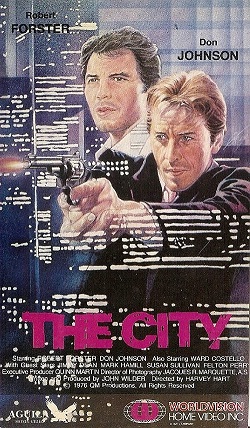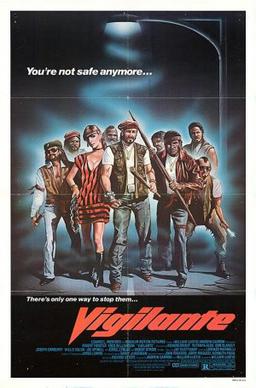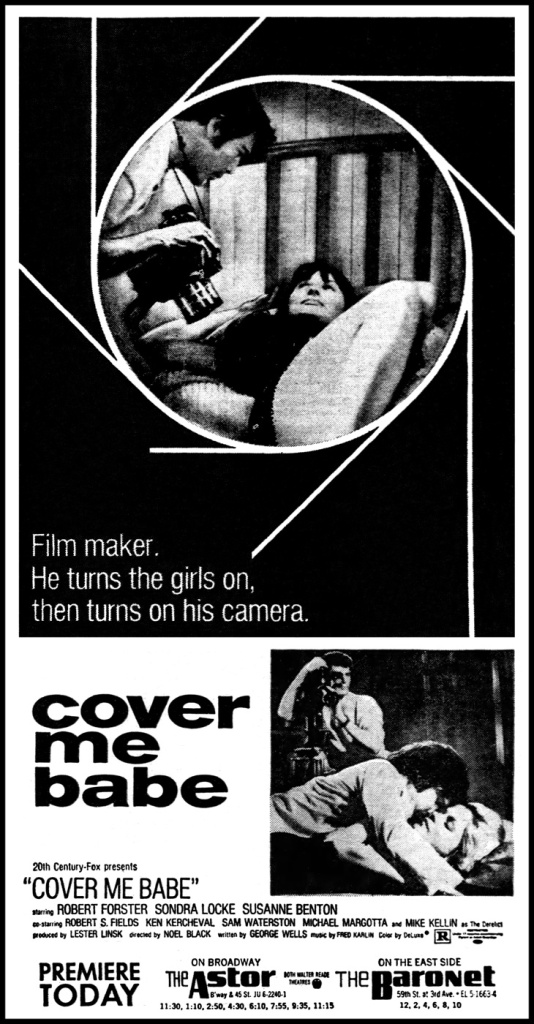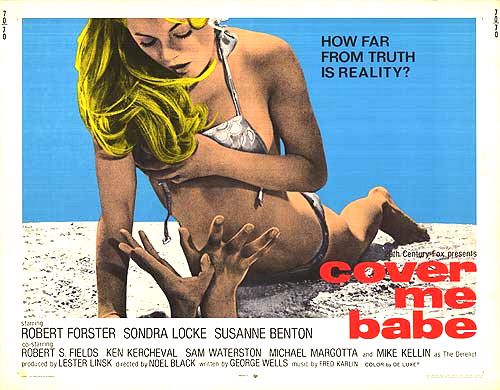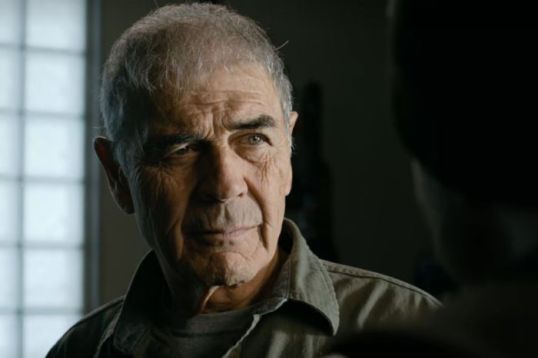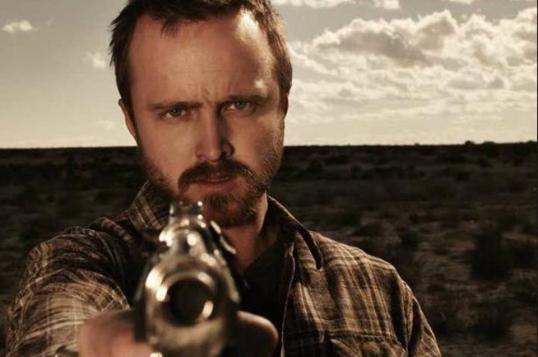
Usually, when it’s time for the Emmy nominations to be announced, I’ll post what I personally would have nominated. I didn’t do it this year because, for whatever reason, I didn’t watch as much TV last season as I have in the past so I felt like, if I had done a Lisa Has All The Power post for the Emmy nominations, I would have ended up just nominating a bunch of shows that I hadn’t actually watched and that would just be wrong.
I will say that I was hoping to see nominations for Bad Education and Unbelievable. Both did receive nominations, though not as much as they should have. Bad Education was nominated for Best TV Movie and Hugh Jackman received a nomination but it deserved so much more. (It’s the best film that I’ve seen so far this year and it bugs the Hell out of me that it was sold to HBO and not Netflix because Bad Education is the type of movie that should get Oscar recognition.) Unbelievable was nominated for Best Limited Series but Kaitlyn Dever and Merritt Weaver deserved nominations as well. I was also disappointed that neither Aaron Paul nor Robert Forster were nominated for El Camino. I’m also upset that my favorite comedy series — Medical Police — was totally snubbed but I’m not really surprised. Medical Police is hilarious but it’s not self-important enough for the Emmys. Still, considering that Curb Your Enthusiasm was kind of terrible this year, it’s a shame that Medical Police couldn’t sneak in there.
(This year still isn’t as bad as the year that Twin Peaks: The Return was snubbed in all the major categories.)
Anyway, here are the major nominees. At least The Mandalorian got some recognition. GO BABY YODA!
Drama Series
“Better Call Saul” (AMC)
“The Crown” (Netflix)
“The Handmaid’s Tale” (Hulu)
“Killing Eve” (BBC America/AMC)
“The Mandalorian” (Disney Plus)
“Ozark” (Netflix)
“Stranger Things” (Netflix)
“Succession” (HBO)
Comedy Series
“Curb Your Enthusiasm” (HBO)
“Dead to Me” (Netflix)
“The Good Place” (NBC)
“Insecure” (HBO)
“The Kominsky Method” (Netflix)
“The Marvelous Mrs. Maisel” (Amazon Prime Video)
“Schitt’s Creek” (Pop TV)
“What We Do in the Shadows” (FX)
Limited Series
“Little Fires Everywhere” (Hulu)
“Mrs. America” (Hulu)
“Unbelievable” (Netflix)
“Unorthodox” (Netflix)
“Watchmen” (HBO)
Televison Movie
“American Son” (Netflix)
“Bad Education” (HBO)
“Dolly Parton’s Heartstrings: These Old Bones” (Netflix)
“El Camino: A Breaking Bad Movie” (Netflix)
Unbreakable Kimmy Schmidt: Kimmy vs. The Reverend (Netflix)
Lead Actor in a Drama Series
Jason Bateman (“Ozark”)
Sterling K. Brown (“This Is Us”)
Steve Carell (“The Morning Show”)
Brian Cox (“Succession”)
Billy Porter (“Pose”)
Jeremy Strong (“Succession”)
Lead Actress in a Drama Series
Jennifer Aniston (“The Morning Show”)
Olivia Colman (“The Crown”)
Jodie Comer (“Killing Eve”)
Laura Linney (“Ozark”)
Sandra Oh (“Killing Eve”)
Zendaya (“Euphoria”)
Lead Actor in a Comedy Series
Anthony Anderson (“Black-ish”)
Don Cheadle (“Black Monday”)
Ted Danson (“The Good Place”)
Michael Douglas (“The Kominsky Method”)
Eugene Levy (“Schitt’s Creek”)
Ramy Youssef (“Ramy”)
Lead Actress in a Comedy Series
Christina Applegate (“Dead to Me”)
Rachel Brosnahan (“The Marvelous Mrs. Maisel”)
Linda Cardellini (“Dead to Me”)
Catherine O’Hara (“Schitt’s Creek”)
Issa Rae (“Insecure”)
Tracee Ellis Ross (“Black-ish”)
Lead Actor in a Limited Series or Movie
Jeremy Irons (“Watchmen”)
Hugh Jackman (“Bad Education”)
Paul Mescal (“Normal People”)
Jeremy Pope (“Hollywood”)
Mark Ruffalo (“I Know This Much Is True”)
Lead Actress in a Limited Series or Movie
Cate Blanchett (“Mrs. America”)
Shira Haas (“Unorthodox”)
Regina King (“Watchmen”)
Octavia Spencer (“Self Made”)
Kerry Washington (“Little Fires Everywhere”)
Supporting Actor in a Drama Series
Giancarlo Esposito (“Better Call Saul”)
Bradley Whitford (“The Handmaid’s Tale”)
Billy Crudup (“The Morning Show”)
Mark Duplass (“The Morning Show”)
Nicholas Braun (“Succession”)
Kieran Culkin (“Succession”)
Matthew Macfadyen (“Succession”)
Jeffrey Wright (“Westworld”)
Supporting Actress in a Drama Series
Laura Dern (“Big Little Lies”)
Meryl Streep (“Big Little Lies”)
Helena Bonham Carter (“The Crown”)
Samira Wiley (“The Handmaid’s Tale”)
Fiona Shaw (“Killing Eve”)
Julia Garner (“Ozark”)
Sarah Snook (“Succession”)
Thandie Newton (“Westworld”)
Supporting Actor in a Comedy Series
Andre Braugher (“Brooklyn Nine-Nine”)
William Jackson Harper (“The Good Place”)
Alan Arkin (“The Kominsky Method”)
Sterling K. Brown (“The Marvelous Mrs. Maisel”)
Tony Shalhoub (“The Marvelous Mrs. Maisel”)
Mahershala Ali (“Ramy”)
Kenan Thompson (“Saturday Night Live”)
Dan Levy (“Schitt’s Creek”)
Supporting Actress in a Comedy Series
Betty Gilpin (“GLOW”)
D’Arcy Carden (“The Good Place”)
Yvonne Orji (“Insecure”)
Alex Borstein (“The Marvelous Mrs. Maisel”)
Marin Hinkle (“The Marvelous Mrs. Maisel”)
Kate McKinnon (“Saturday Night Live”)
Cecily Strong (“Saturday Night Live”)
Annie Murphy (“Schitt’s Creek”)
Supporting Actor in a Limited Series or Movie
Dylan McDermott (“Hollywood”)
Jim Parsons (“Hollywood”)
Tituss Burgess (“Unbreakable Kimmy Schmidt: Kimmy vs. the Reverend”)
Yahya Abdul-Mateen II (“Watchmen”)
Jovan Adepo (“Watchmen”)
Louis Gossett Jr. (“Watchmen”)
Supporting Actress in a Limited Series or Movie
Holland Taylor (“Hollywood”)
Uzo Aduba (“Mrs. America”)
Margo Martindale (“Mrs. America”)
Tracey Ullman (“Mrs. America”)
Toni Collette (“Unbelievable”)
Jean Smart (“Watchmen”)
Reality Competition
“The Masked Singer” (FOX)
“Nailed It” (Netflix)
“RuPaul’s Drag Race” (VH1)
“Top Chef” (Bravo)
“The Voice” (NBC)
Variety Sketch Series
“A Black Lady Sketch Show” (HBO)
“Drunk History” (Comedy Central)
“Saturday Night Live” (NBC)
Variety Talk Series
“Daily Show with Trevor Noah” (Comedy Central)
“Full Frontal with Samantha Bee” (TBS)
“Jimmy Kimmel Live” (ABC)
“Last Week Tonight with John Oliver” (HBO)
“Late Show with Stephen Colbert” (CBS)
 Despite finally getting his burial with honors at the end of Maniac Cop 2, Matt Cordell (Robert Z’Dar) returns for one last outing. Raised from the dead by a voodoo houngan (Julius Harris), Cordell invades a hospital to seek vengeance for a comatose policewoman named Katie Sullivan (Gretchen Baker). In a coma due to the wounds she received while thwarting a convenience store robbery, Katie is being framed by unscrupulous reporters and attorneys who claim that Katie was a bad cop who killed a clerk in cold blood. Cordell sees Katie as being a fellow victim of anti-cop bias and he is not going to let anyone treat her with disrespect, which is something that two doctors (Robert Forster and Doug Savant) are unfortunate enough to discover. Sean McKinney (Robert Davi) and Dr. Susan Lowery (Caitlin Dulany) try to figure out how to bring peace to the souls of both Cordell and Katie.
Despite finally getting his burial with honors at the end of Maniac Cop 2, Matt Cordell (Robert Z’Dar) returns for one last outing. Raised from the dead by a voodoo houngan (Julius Harris), Cordell invades a hospital to seek vengeance for a comatose policewoman named Katie Sullivan (Gretchen Baker). In a coma due to the wounds she received while thwarting a convenience store robbery, Katie is being framed by unscrupulous reporters and attorneys who claim that Katie was a bad cop who killed a clerk in cold blood. Cordell sees Katie as being a fellow victim of anti-cop bias and he is not going to let anyone treat her with disrespect, which is something that two doctors (Robert Forster and Doug Savant) are unfortunate enough to discover. Sean McKinney (Robert Davi) and Dr. Susan Lowery (Caitlin Dulany) try to figure out how to bring peace to the souls of both Cordell and Katie.